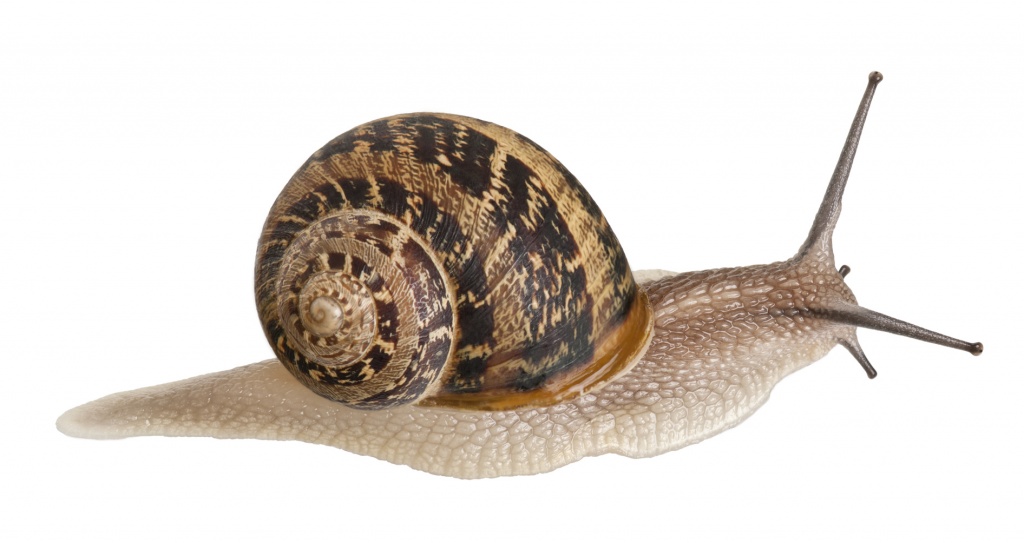24 February 2016 Soil preparation for hatching cups
Snails prefer fresh soil as the substrate for laying eggs, which means that we should replace the soil every day, during cleaning of reproduction tables and during feeding. […]
Snails prefer fresh soil as the substrate for laying eggs, which means that we should replace the soil every day, during cleaning of reproduction tables and during feeding. […]

This is an example tray with egg cocoons ready for hatching. […]

Initially after their awakening, the reproducing snails show an increased drive to breed. It is just enough for them to feed, replenish fluids lost during hibernation and feel the soil in the placed hatching pods. Feeding snails with carrots guarantees that eggs will be laid at a consistently high rate. The best results are achieved […]
The age of snails is calculated from the first feeding (about 7 days after hatching). Copulation takes place when the snails mature (appearance of the birth canal orifice on the right side of the snail’s head). Mature snails are called reproducing specimens. […]

Helix aspersa Maxima farming snail is a representative of the Helicidae family. It is known as the African snail, or large grey snail – Gros-Gris. It was brought to France from North Africa. […]

Helix aspersa Müller snail, also known as small grey snail or Petit-Gris, is very tasty and does not require any initial processing as it can be eaten whole, cooked in the shell, without the need to remove the stomach. […]